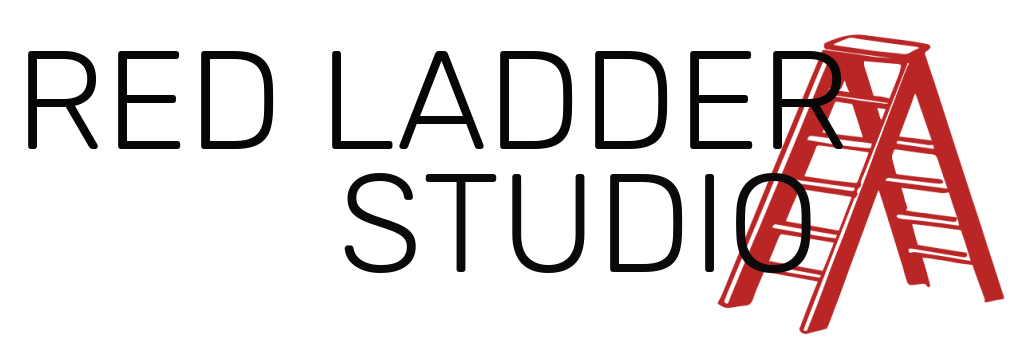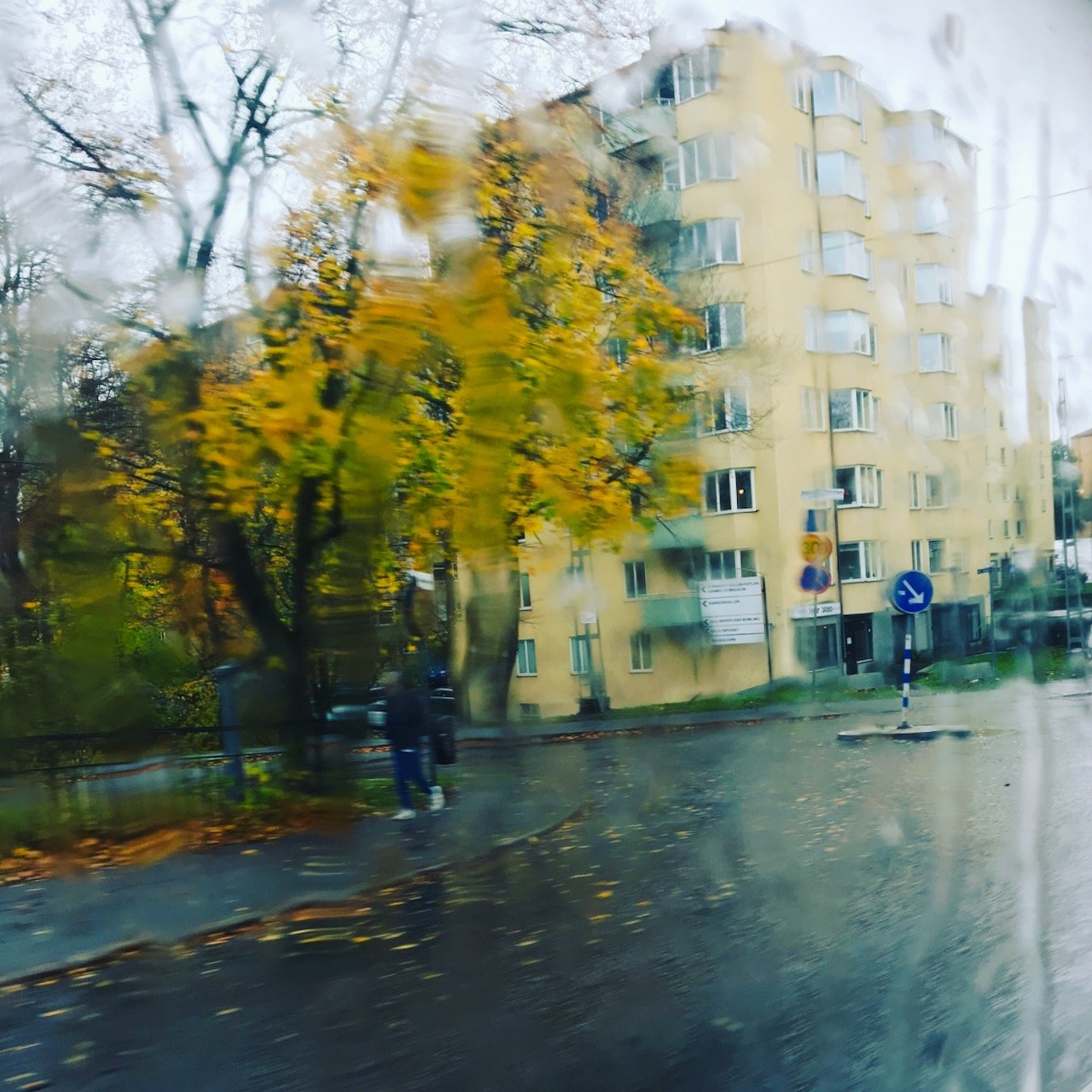This world which conceals the truth, reveals the truth
“This transient world is a sign of the miracle of truth; but this same sign is a veil which hides the eternal truths.”
Look around you right now. What do you see? Perhaps you are in your room, a small wooden lamp, a chest of drawers, your slippers haphazard on the rug. Or you’re on the train. The woman in the opposite seat is eating an egg and cress sandwich. On the table in front of you is a flask of coffee, your notebook and phone. The world is passing by the window.
It’s this very world that is both concealing the truth from you and revealing the truth to you. There’s a doubleness to the world, the poet Rumi sees it, Guy Newland tells us that Buddhist philosophers call it The Two Truths.
Your world is, in fact, not an objectively existing world ‘out there’. It is your world, the world perceived by you. If I were there with you, if I were the woman opposite, eating the egg and cress sandwich, I would have my own world, one in which there’s someone sitting across from me, reading about the two truths and drinking coffee. As Laura Cumming tells us, we are present in what we see, in everything we experience.
‘We see pictures in time and place. We cannot see them otherwise. They are fragments of our lives, moments of existence that may be as unremarkable as rain or as startling as a clap of thunder. Whatever we are that day, whatever is going on behind our eyes, or in the forest of our lives, is present in what we see. We see with everything that we are.’
-Laura Cumming
When we look out at ‘the world’, what we’re really seeing is a flow of experience, our own experience. ‘We see with everything we are.’ What exists outside of our experience can only ever be a matter of speculation. But experience itself is undeniably real. It’s true, in a common sense kind of way. This means experience is always a good place to start.
Hidden in the world, in this flow of sensations that we’re experiencing right now, are two truths. The ultimate truth and the conventional truth. They are both hidden from us, because without seeing one, we cannot see the other. For a long time I made the mistake of thinking that my task, as a Buddhist, was to understand the Ultimate truth of things, and that my default way of seeing things was the conventional truth of those things. I thought the two truths existed in a kind of hierarchy where I would move from understanding the conventional truth to understanding the ultimate truth.
But we can only know the conventional truth, as the conventional truth, once we know the ultimate truth. It’s as if they define one another.
Conventional truths and ultimate truths
Conventional truths are numerous. They include the existence of slippers and chairs, of trains and sandwiches. Ultimate truths are equally numerous, as they are the emptinesses of each conventionally existing thing. Let’s look for both right now.
Take something right in front of you. Perhaps it’s an egg and cress sandwich. If it is, take a bite. Wow, it’s salty. The bread is soft. There’s a hundred sensations happening right now. Texture, colour, the feel of the sandwich in your hand. You’d be crazy to deny the reality of this egg and cress sandwich. It exists. Buddhism doesn’t deny the reality of sandwiches. We get to keep the sandwich, with the proviso that we understand it only exists conventionally.
To find the ultimate truth, we have to be willing to look more closely, to analyse our experience. What are we not seeing? What are we ignoring? What are we assuming? Do sandwiches really exist? Can we find the ‘sandwich’? Open up the two pieces of bread, there’s the egg and the cress, and a smear of butter. But where is the sandwich? Oh, sandwich is just what you call two pieces of bread with something in-between? So even though you can only find bread and egg and cress, you think a sandwich exists, ultimately? The ultimate truth of each thing is an emptiness. It is empty of intrinsic existence. Right, now just let me finish this sandwich.
We are addicted to inherent existence, and this is the cause of suffering.
'We are addicted to intrinsic nature.'
-Guy Newland
Our addiction to sandwiches may or may not cause us suffering, but our wide spread addiction to the inherent existence of things is at the root of all our unnecessary suffering, at least that’s what Buddhism tells us. Perhaps the most addictive of all illusions is the illusion or belief that we ourselves exist in some inherent way. We are less easy to take apart than a sandwich, but the same method applies. If you believe in a ‘self’, then see if you can find it.
To begin with, the ‘self’ feels undeniable. Who’s writing these words if there is no me? Who is there to look for the self if there is no self? And then we come across the Dharma and the teachings on emptiness, and perhaps they ring true. We open ourselves up to the fact that maybe we don’t exist in the way we thought we did, and before we know it, we’ve fallen into the belief that we don’t exist at all. It’s like the old fisherman’s mistake.
Once upon a time, an old fisherman used to enjoy the sunset. The sky would explode in fiery colours, the sun would descend majestically and dive into the ocean, the sky would turn dark blue, and one by one, the stars would light up. But a man from the city came along and told the old fisherman: “You know: the sun does not really dive into the ocean. It stands still out there and is always shining. What you see is only a perspectival show due to our movement.” The old fisherman was stunned. He trusted the man from the city and began to worry. The sunset is an illusion. Hence, it is not real. He had been watching a non-existent event for years. He had been deluded all his life. If the sunset is an illusion—he thought—we cannot rely upon it. We must learn to think without sunsets. He tried, and it was a disaster: he did not know when to go to sleep anymore, he did not expect a sunset in the evening, and if he saw one, he repeated to himself: “It is an illusion, it is not real, there is no sunset, the sun never dives into the ocean: the sun is always shining, I should take this seriously, I should not go to sleep.” So, he couldn't sleep anymore; he lost his mind.
-Told by Carlo Rovelli in White Holes
We believe so wholeheartedly in the inherent existence of ourselves, others, our world and everything in it. So that on learning about emptiness, we take it to mean that we and other beings don’t exist at all. This leads to nihilism. We’ve negated too much. We become lost in a world of YouTube videos on non-duality, we stop cleaning our teeth and making our bed, seeing how we don’t exist, anyway. We’re no longer concerned with helping others since we discovered they don’t really exist.
On the other hand we may try to ignore the teachings on emptiness, even see them as in some way dangerous (which of course they are as far as the ego is concerned). In this case we negate too little and fail to free ourselves from the basic illusion of an intrinsic nature. We take on the Dharma as if it were a project of self improvement. We do good things. It’s not a bad way to live. We use the path of the Dharma to become happy, healthy human beings. It could be worse. But there is still suffering, we’ve not rooted it out. If we lose this opportunity to become free who knows when we will have these same conditions again?
Finding the Middle Way
How do we walk the middle way between negating too much and negating too little? Imagine holding the two truths in your hands, conventional truth in one, ultimate truth in the other. They do not cancel each other out, they do not contradict each other, they do not undermine each other or supersede each other, there is no hierarchy between them. They simply show us how things exist without existing ultimately.
So nothing exists without being empty of intrinsic existence. But at the same time, that emptiness cannot exist without things to be empty. To have emptiness, you have to have something that is empty!
We each go through a journey to understand what's meant by the two truths. We negate too little, then too much, then again too little, till bit by bit we feel our way into the the middle way. It's best illustrated in this verse from Dogen.
“Before one studies Zen, mountains are mountains and waters are waters; after a first glimpse into the truth of Zen, mountains are no longer mountains and waters are no longer waters; after enlightenment, mountains are once again mountains and waters once again waters.”
-Dogen
In the beginning, we believe that things really do exist, the most central and important of all things being ourselves. Mountains are mountains, waters are waters, we don’t even think to question our assumptions about the world.
Then we come across the Dharma, the perfection of wisdom texts, the teachings on emptiness. Mountains are no longer mountains, waters no longer waters. We go all in on emptiness but in the process, throw the baby of conventional existence out with the bathwater of essentialism. We’ve made the old fisherman’s mistake.
Finally, with awakening, mountains are once again mountains, waters once again waters. We’ve reclaimed the reality of conventional truth and it lives alongside emptiness. We’re sitting on the train opposite a woman who’s eating an egg and cress sandwich, we offer her some of our coffee. She exists, as does the sandwich, the train, and these words that I’m writing in my note book.
The world can be a veil that conceals the truth from us. But what, other than this world, can reveal the truth to us?
Much of this article is inspired by Guy Newland’s ‘An Introduction to Emptiness’.
We are exploring the Two Truths in the Dharma Bundle right now. Sign up below to join us:
A ‘bundle’ of dharma resources, thoughtfully made and beautifully packaged.



